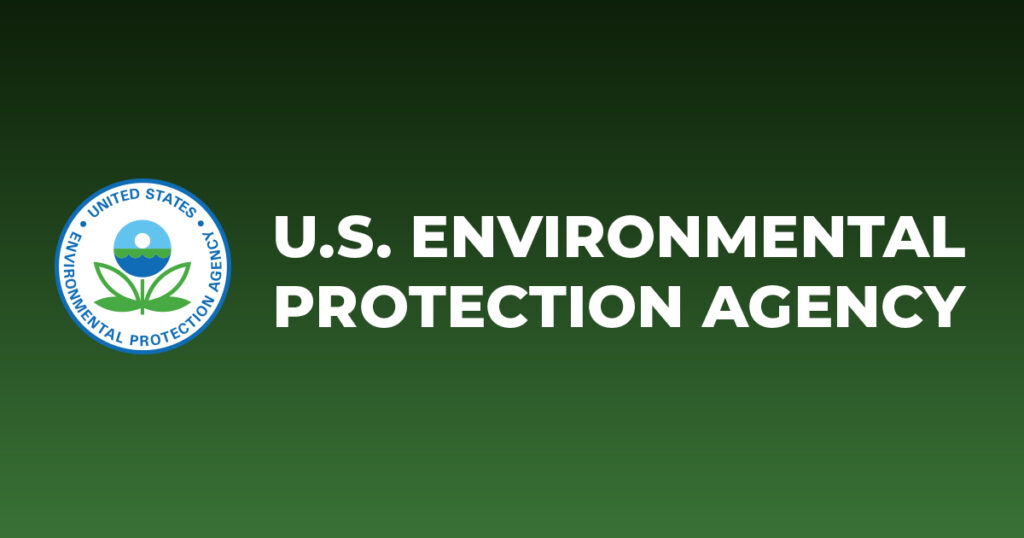Endnotes
1 Gamble, J.L., et al. (2016). Ch. 9: Populations of concern. In: The impacts of climate change on human health in the United States: A scientific assessment. U.S. Global Change Research Program, Washington, DC, p. 252.
2 Gamble, J.L., et al. (2016). Ch. 9: Populations of concern. In: The impacts of climate change on human health in the United States: A scientific assessment. U.S. Global Change Research Program, Washington, DC, p. 252.
3 Gamble, J.L., et al. (2016). Ch. 9: Populations of concern. In: The impacts of climate change on human health in the United States: A scientific assessment. U.S. Global Change Research Program, Washington, DC, p. 252.
4 Gamble, J.L., et al. (2016). Ch. 9: Populations of concern. In: The impacts of climate change on human health in the United States: A scientific assessment. U.S. Global Change Research Program, Washington, DC, pp. 252–253.
5 Gamble, J.L., et al. (2016). Ch. 9: Populations of concern. In: The impacts of climate change on human health in the United States: A scientific assessment. U.S. Global Change Research Program, Washington, DC, pp. 252–253.
6 Centers for Disease Control and Prevention (CDC). (2024). About Rural Health. Retrieved 7/16/2024.
7 Gamble, J.L., et al. (2016). Ch. 9: Populations of concern. In: The impacts of climate change on human health in the United States: A scientific assessment. U.S. Global Change Research Program, Washington, DC, p. 252.
8 Crimmins, A., et al. (2016). Executive summary (pdf) (5 MB). In: The impacts of climate change on human health in the United States: A scientific assessment. U.S. Global Change Research Program, Washington, DC, p. 6.
9 Gamble, J.L., et al. (2016). Ch. 9: Populations of concern. In: The impacts of climate change on human health in the United States: A scientific assessment. U.S. Global Change Research Program, Washington, DC, p. 252.
10 Gamble, J.L., et al. (2016). Ch. 9: Populations of concern. In: The impacts of climate change on human health in the United States: A scientific assessment. U.S. Global Change Research Program, Washington, DC, p. 252.
11 Gamble, J.L., et al. (2016). Ch. 9: Populations of concern. In: The impacts of climate change on human health in the United States: A scientific assessment. U.S. Global Change Research Program, Washington, DC, p. 252.
12 U.S. Bureau of Labor Statistics. (2023). Labor force characteristics by race and ethnicity, 2022. Retrieved 11/22/2024.
13 Gamble, J.L., et al. (2016). Ch. 9: Populations of concern. In: The impacts of climate change on human health in the United States: A scientific assessment. U.S. Global Change Research Program, Washington, DC, p. 253.
14 U.S. Environmental Protection Agency (EPA). (2021). Wildfire smoke: A guide for public health officials. EPA-452/R-21-901.
15 Gamble, J.L., et al. (2016). Ch. 9: Populations of concern. In: The impacts of climate change on human health in the United States: A scientific assessment. U.S. Global Change Research Program, Washington, DC, p. 253.
16 Gamble, J.L., et al. (2016). Ch. 9: Populations of concern. In: The impacts of climate change on human health in the United States: A scientific assessment. U.S. Global Change Research Program, Washington, DC, p. 253.
17 EPA. Climate change indicators: Ragweed pollen season. Retrieved 3/11/2022.
18 CDC. (2021). Most recent national asthma data. Retrieved 11/22/2024.
19 EPA. (2021). Indoor air quality and climate change. Retrieved 3/11/2022.
20 CDC. (2021). Most recent national asthma data. Retrieved 11/22/2024.
21 Trtanj, J., et al. (2016). Ch. 6: Climate impacts on water-related illness. In: The impacts of climate change on human health in the United States: A scientific assessment. U.S. Global Change Research Program, Washington, DC, p. 159.
22 Gamble, J.L., et al. (2016). Ch. 9: Populations of concern. In: The impacts of climate change on human health in the United States: A scientific assessment. U.S. Global Change Research Program, Washington, DC, p. 253.
23 Bell, J.E., et al. (2016). Ch. 4: Impacts of extreme events on human health. In: The impacts of climate change on human health in the United States: A scientific assessment. U.S. Global Change Research Program, Washington, DC, p. 106.
24 Federal Emergency Management Agency. (2022). Risk rating 2.0: Equity in action. Retrieved 3/11/2022.
25 Ziska, L., et al. (2016). Ch. 7: Food safety, nutrition, and distribution. The impacts of climate change on human health in the United States: A scientific assessment. U.S. Global Change Research Program, Washington, DC, p. 191.
26 Gamble, J.L., et al. (2016). Ch. 9: Populations of concern. In: The impacts of climate change on human health in the United States: A scientific assessment. U.S. Global Change Research Program, Washington, DC, p. 253.
27 Bolster, C.H. et al. (2023). Ch. 11: Agriculture, Food Systems, and Rural Communities. Fifth National Climate Assessment. U.S. Global Change Research Program, Washington, DC, p. 11-17.
28 Beard, C.B., et al. (2016). Ch. 5: Vector-borne diseases. In: The impacts of climate change on human health in the United States: A scientific assessment. U.S. Global Change Research Program, Washington, DC, pp. 141–142.
29 Gamble, J.L., et al. (2016). Ch. 9: Populations of concern. In: The impacts of climate change on human health in the United States: A scientific assessment. U.S. Global Change Research Program, Washington, DC, p. 253.
30 CDC. (2021). West Nile virus. Retrieved 3/11/2022.
31 Intergovernmental Panel on Climate Change (IPCC). (2021). Summary for policymakers (pdf) (123 MB). In: Climate Change 2021: The physical science basis. Contribution of Working Group I to the sixth assessment report of the Intergovernmental Panel on Climate Change. Cambridge University Press, in press, pp. 5–14.
32 Gamble, J.L., et al. (2016). Ch. 9: Populations of concern. In: The impacts of climate change on human health in the United States: A scientific assessment. U.S. Global Change Research Program, Washington, DC, p. 253.
33 Dodgen, D., et al. (2016). Ch. 8: Mental health and well-being. In: The impacts of climate change on human health in the United States: A scientific assessment. U.S. Global Change Research Program, Washington, DC, p. 220.

